PART 1.2
In the early days of HIV/AIDS, AIDS was a mysterious disease. The cause of AIDS was unknown, and many blamed it on the most marginalized groups. But, without knowing that the disease was caused by a virus, it was easy to stigmatize, isolate and blame affected groups. The early approach towards understanding AIDS focused on who was getting infected, rather than the cause and effect of the disease. Epidemiologists saw that AIDS was affecting hemophiliacs, heroin addicts, homosexuals, and Haitians (the 4Hs of HIV) which biased the way people viewed the disease and the populations it first impacted. Infection did not seem to follow logic.
PART 4.3
When HIV first became prominent as a mysterious disease, people had many theories of how it was spread, almost all of them focused on the “immoral and drug-fueled” sexual activities of highly stigmatized groups. They not only held very strong views but they were absolutely certain that they were right. But the public, politicians and scientists were all challenged to rethink their ideas of spread when confronted by reports that the disease could be transmitted by infusing clotting factors from a donor to a patient with hemophilia.
PART 4.4
In the early 2000’s WHO had adopted the ambitious goal of getting 3 million people on antiretroviral medicines by 2005. But some people thought this was too ambitious a goal and that it could never be achieved. Leaders were afraid of making a mistake and being wrong, so they were hesitant to act until they were certain they could achieve their goal. Yet waiting would cause costly delays as the disease raged on, and prevent otherwise ambitious and very important programs from making progress.



